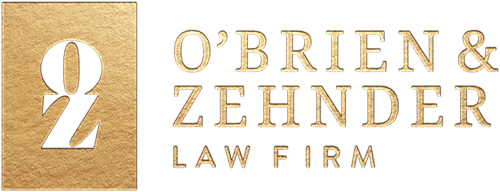Understanding Neck and Back Injury
Posted on 26th September, 2023

Each year, many workers sustain neck and back injuries at their place of employment.
The United States Department of Labor approximates that one of every five workplace injuries involves a worker's neck or back.
In addition, their reports reveal there are certain professions wherein workers are at a higher risk of suffering injury.
Some of these occupations include agricultural workers, carpenters, commercial fishermen, dairy farmers, electricians, forestry workers, laborers, loggers, masons, miners, quarry workers, roofers, welders, pipefitters, and plumbers.
Common Causes of Neck & Back Injuries
- Overexertion - Physical overexertion is usually caused by repetitive motion, such as lifting heavy objects, repeated positions, and/or prolonged positions.
- Repetitive Motion - Repetitive motion injuries, also known as repetitive stress injuries, can be temporary physical setbacks or risk development into permanent disabilities. These injuries could affect the muscles, nerves, ligaments, and tendons. They are usually caused by doing the same motion over and over again.
- Lifting Heavy Loads - Strains and sprains from lifting loads improperly or carrying loads too heavy are common hazards associated with manually moving materials.
- Transportation-Related Accidents - These involve automobiles, but the term also includes events related to small and large trucks, buses, or collisions between vehicles and pedestrians.
- Slip and Fall Accidents - Many slip and falls result in serious injuries, usually called "hard injuries."
Types of Injuries
Neck and spinal injuries come in various types, ranging from mild to severe. Damage to one anatomical part of your neck or back often damages others. This is mainly because parts of your neck and spine are intricately connected to others.
Your bones, joints, soft tissue, and nerves throughout the spinal column all work together. For example, whiplash may result in one or several diagnoses, including muscle strain, ligament sprain, and/or disc injury. Other injuries include:
- Compression Fractures
- Connective Tissue Injuries
- Soft Tissues Injuries
- Spinal Stenosis
- Spasms in Neck and Back Muscles
- Spinal Cord Injuries
- Tendon or Ligament Sprains or Strains
- Cervical and Lumbar Disc Disease
- Whiplash
- Impaired Vision
Symptoms of Neck or Back Injuries
At times, neck or back injury pain can be localized, accompanied by tenderness and stiffness. Muscles on either side of the spinal column may spasm immediately after an injury or up to 24 hours later.
An injured person may have an onset of numbness, tingling, or paralysis of an extremity, which may indicate a more serious injury may have occurred. It is always advisable that a person who suffers any neck or back injury should seek a medical professional's observation immediately.
How to Prevent Neck and Back Injuries From Occurring
There are safety precautions that workers can apply to decrease the risk of a back or neck injury. Some of these include the following:
- Remain Alert to Posture. Correct posture is vital in protecting the neck and back from injury.
- Be Careful About How Much Is Lifted. Workers should avoid bending over from the waist while lifting heavy objects and avoid twisting their bodies while lifting.
- Stretch. Stretching decreases the pressure on a worker's pelvis and provides relief across an individual's lower back.
- Use Common Sense. If you believe an employer's request will cause you injury or that a job site is unsafe: Listen to your gut.
